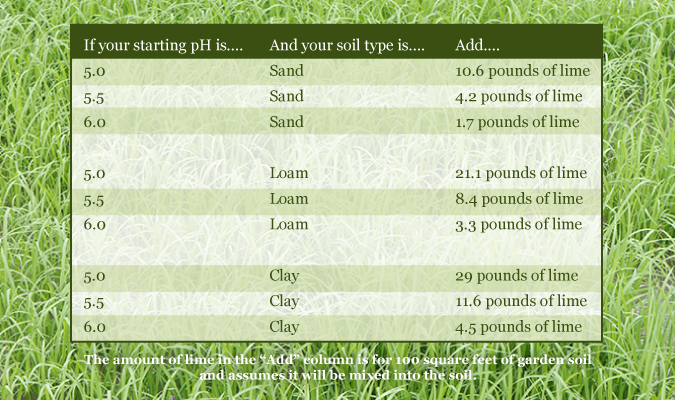Introduction
In garden lime is a crucial soil amendment used by gardeners to improve soil quality and promote healthy plant growth. It helps adjust soil pH, making nutrients more available to plants and enhancing overall garden productivity. This article explores the benefits of using garden lime, how to apply it correctly, and expert tips to optimize your garden’s health.
What Is In Garden Lime and Why Is It Important?
In garden lime typically consists of finely ground limestone, primarily composed of calcium carbonate or a mix of calcium and magnesium carbonates. Its main purpose is to neutralize acidic soil, which can hinder plant growth by limiting nutrient uptake.
Benefits of Using Garden Lime
- Adjusts Soil pH: Raises acidic soils toward a neutral pH, ideal for most plants.
- Improves Nutrient Availability: Enhances absorption of key nutrients like nitrogen, phosphorus, and potassium.
- Promotes Microbial Activity: Supports beneficial soil microbes that aid in decomposition and nutrient cycling.
- Strengthens Plant Cell Walls: Calcium in lime contributes to plant tissue strength, reducing disease susceptibility.
Garden lime is especially important in regions where soils tend to be naturally acidic or where heavy rainfall causes leaching of basic nutrients.
How to Test and Determine If Your Garden Needs Lime
Before applying lime, testing your soil is essential. Soil pH tests are simple and inexpensive.
Soil Testing Steps:
- Collect soil samples from multiple garden spots at 4-6 inches deep.
- Use a home soil pH test kit or send samples to a local extension service.
- Interpret results:
- pH below 6.0: Soil is acidic; lime application is usually beneficial.
- pH 6.0-7.0: Soil is near neutral; lime may not be necessary.
- pH above 7.0: Soil is alkaline; avoid lime.
Accurate testing prevents over-liming, which can lead to nutrient imbalances.
How to Apply Garden Lime Effectively
Proper application ensures maximum benefit while avoiding harm.
Application Guidelines:
- Timing: Apply lime in late fall or early spring to allow time for soil adjustment.
- Amount: Follow soil test recommendations; common rates range from 5 to 50 pounds per 1,000 square feet depending on soil acidity.
- Method: Spread evenly using a broadcast spreader or by hand, then till or water the soil to incorporate lime.
- Frequency: Lime effects last several years; retest soil every 2-3 years to monitor pH.
Tips for Best Results:
- Avoid applying lime immediately before planting acid-loving plants like blueberries or azaleas.
- Combine lime with organic matter to improve soil structure.
Types of Garden Lime and Choosing the Right One
Not all garden limes are the same. Understanding their differences helps you select the best product.
Common Types:
- Calcitic Lime: High in calcium carbonate, low in magnesium; suitable for soils with sufficient magnesium.
- Dolomitic Lime: Contains calcium and magnesium carbonates; ideal for magnesium-deficient soils.
- Pelletized Lime: Finely ground lime formed into pellets for easy application and less dust.
Choosing the Right Lime:
- Conduct a soil test to check magnesium levels.
- Use dolomitic lime if magnesium is low.
- Pelletized lime offers convenience but may cost more.
Safety and Environmental Considerations When Using Lime
While garden lime benefits soil health, improper use can cause problems.
Safety Tips:
- Wear gloves and a mask to avoid skin and respiratory irritation.
- Avoid inhaling lime dust.
- Store lime in a dry, cool place.
Environmental Tips:
- Apply recommended amounts to prevent runoff that can harm waterways.
- Avoid lime use near acid-loving plants.
- Use lime as part of an integrated soil management plan including compost and mulch.
Conclusion
In garden lime is an invaluable tool for gardeners aiming to optimize soil conditions and plant health. By testing your soil, selecting the appropriate type of lime, and applying it correctly, you can enhance nutrient availability and create a thriving garden environment. Remember to follow safety guidelines and retest soil periodically to maintain balanced pH levels. Start incorporating lime into your garden care routine today to enjoy stronger plants and more bountiful harvests.
